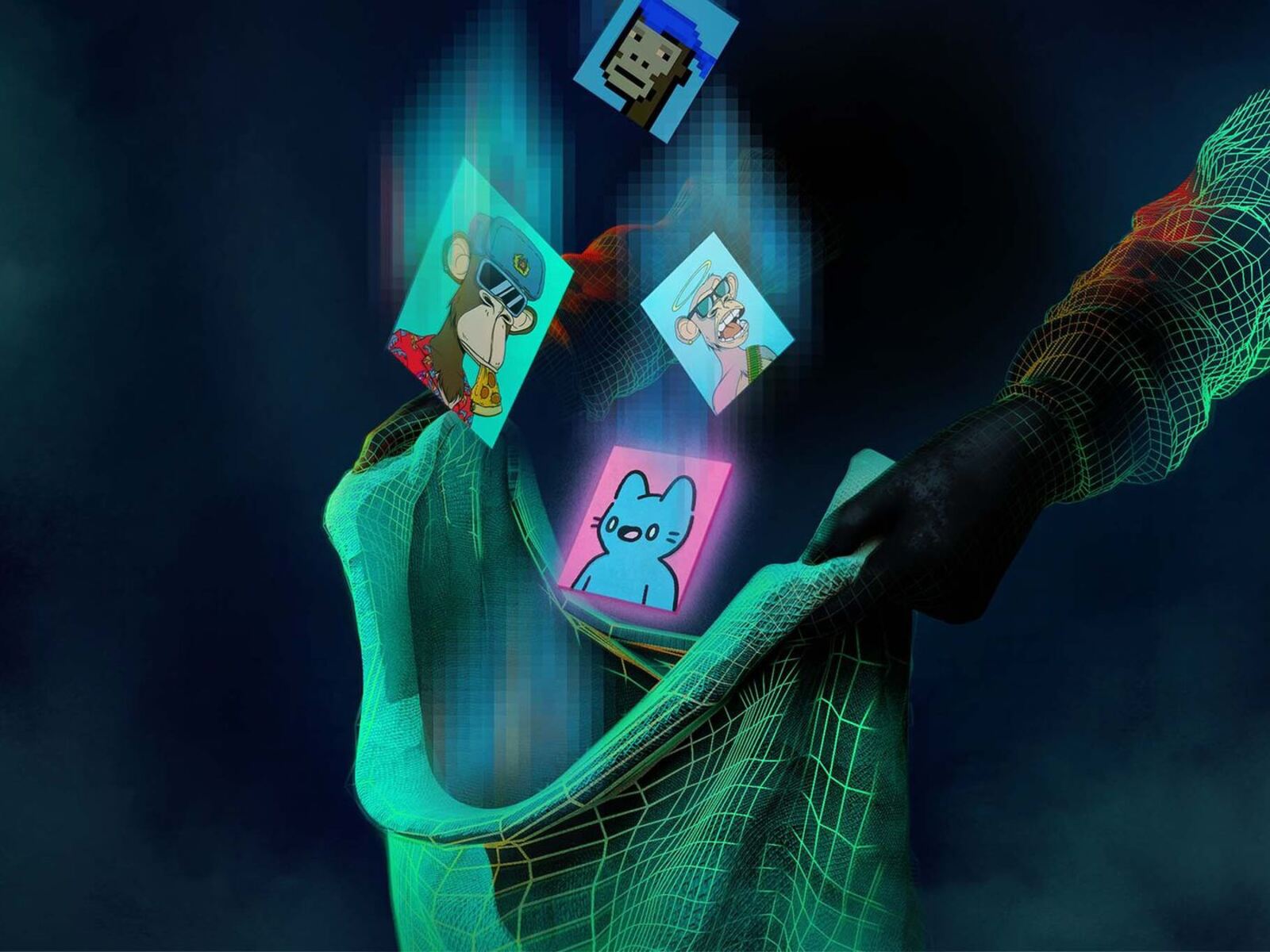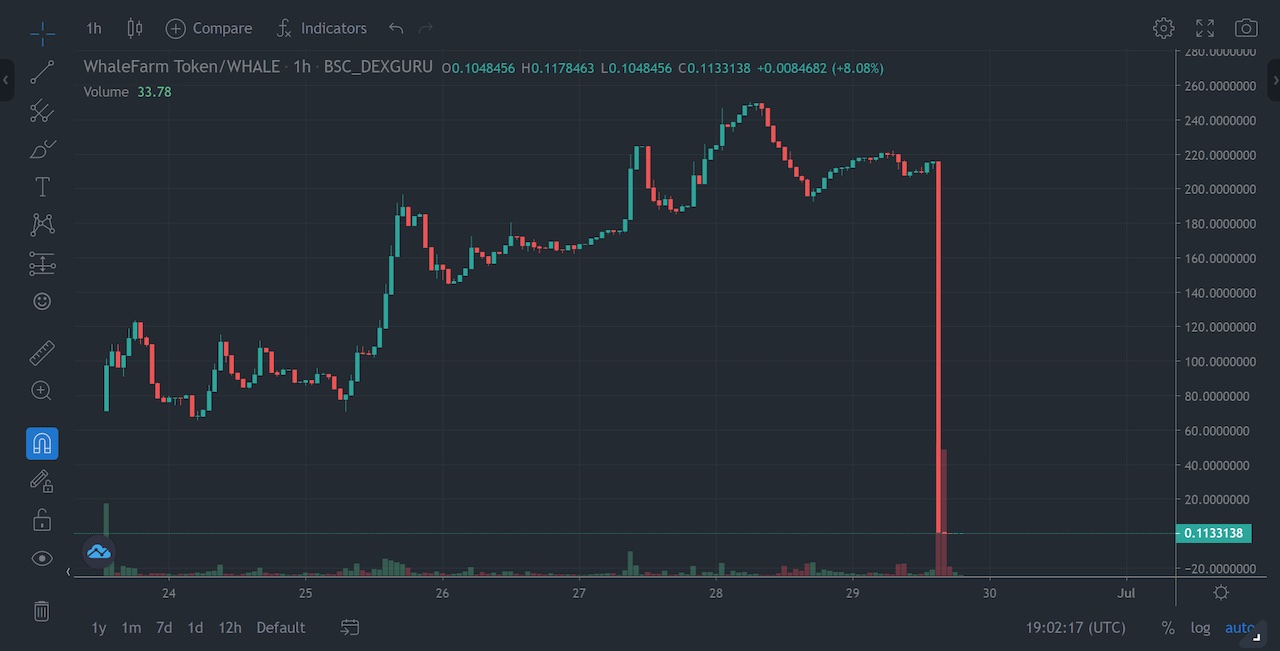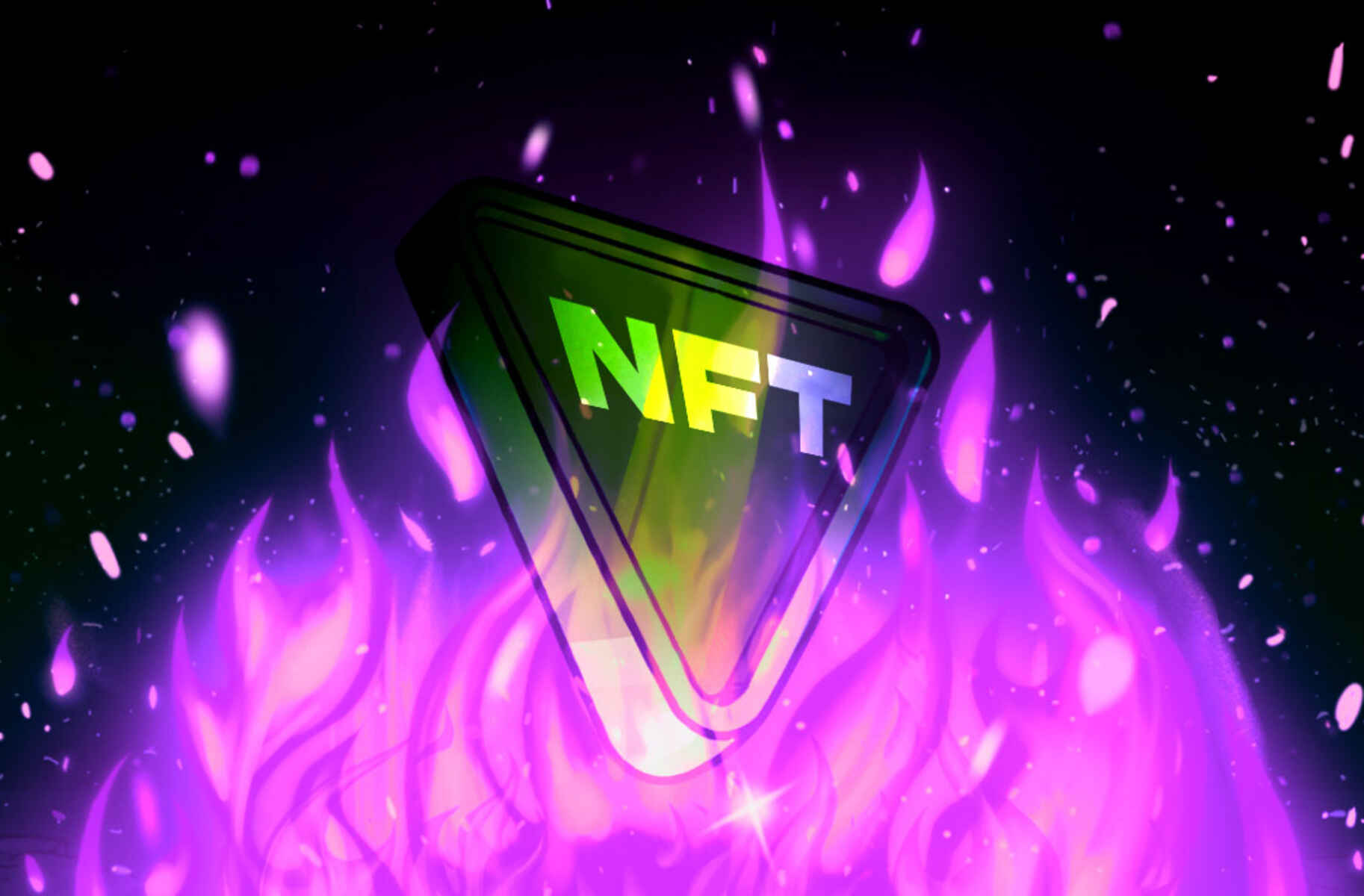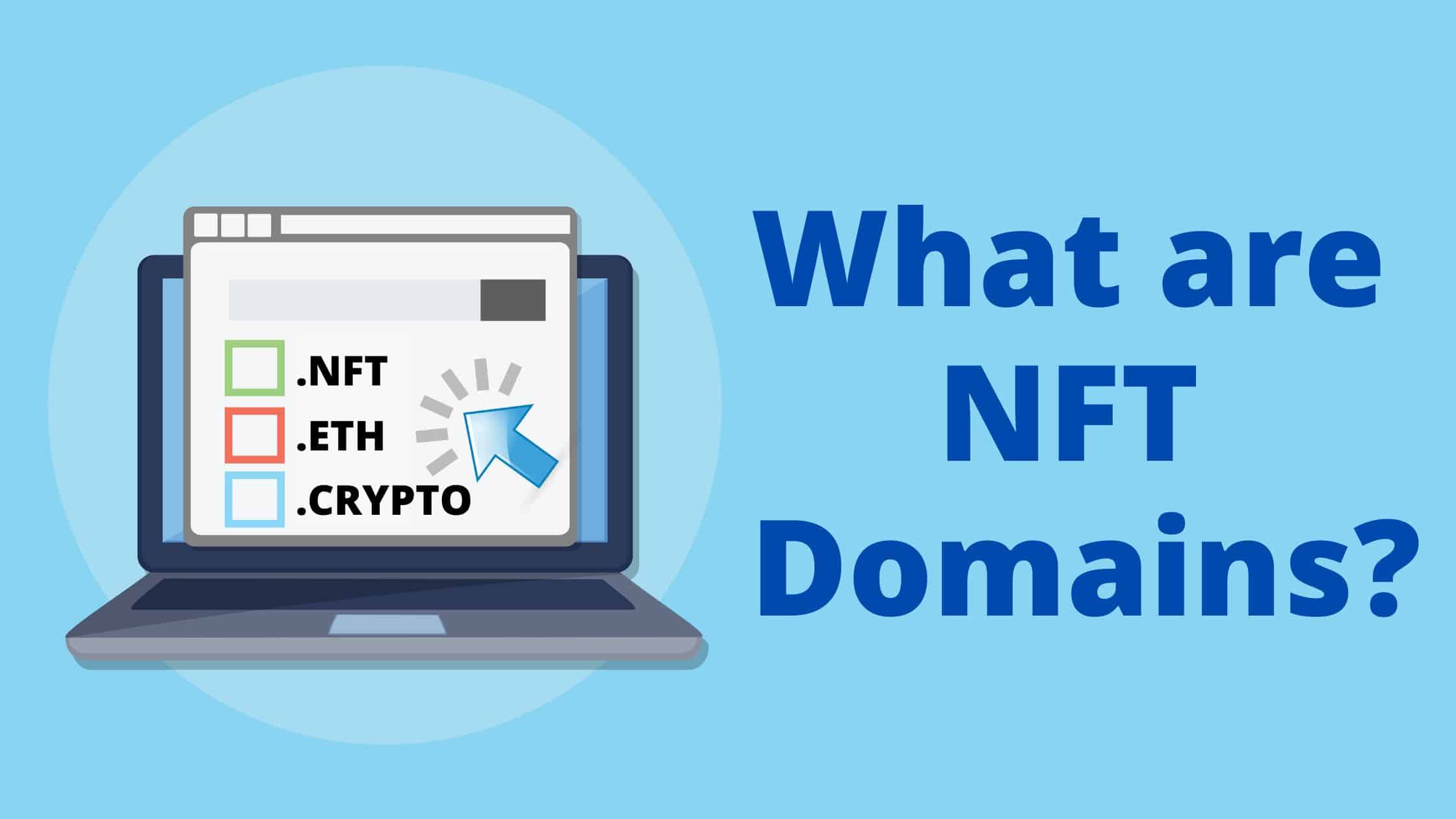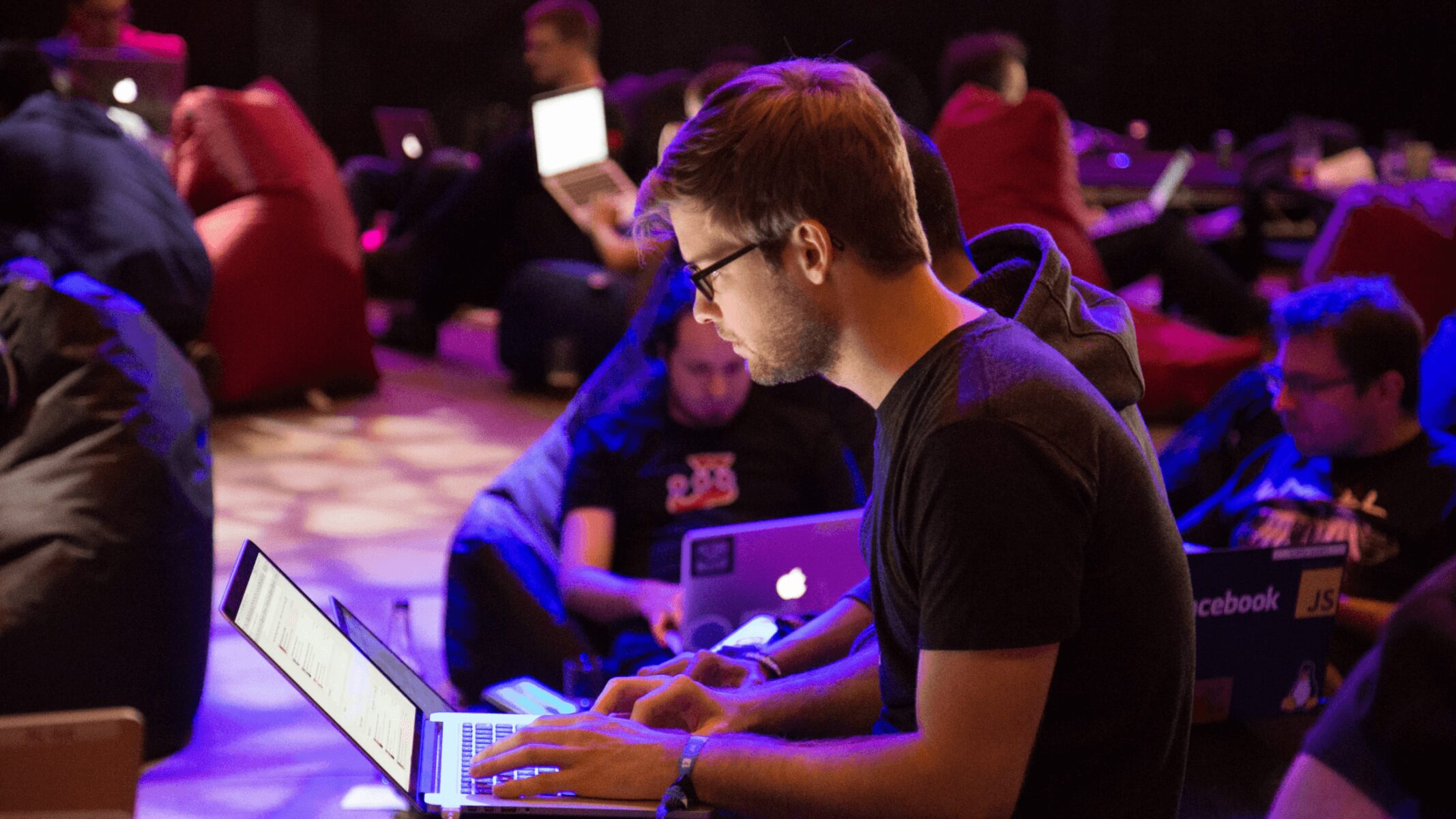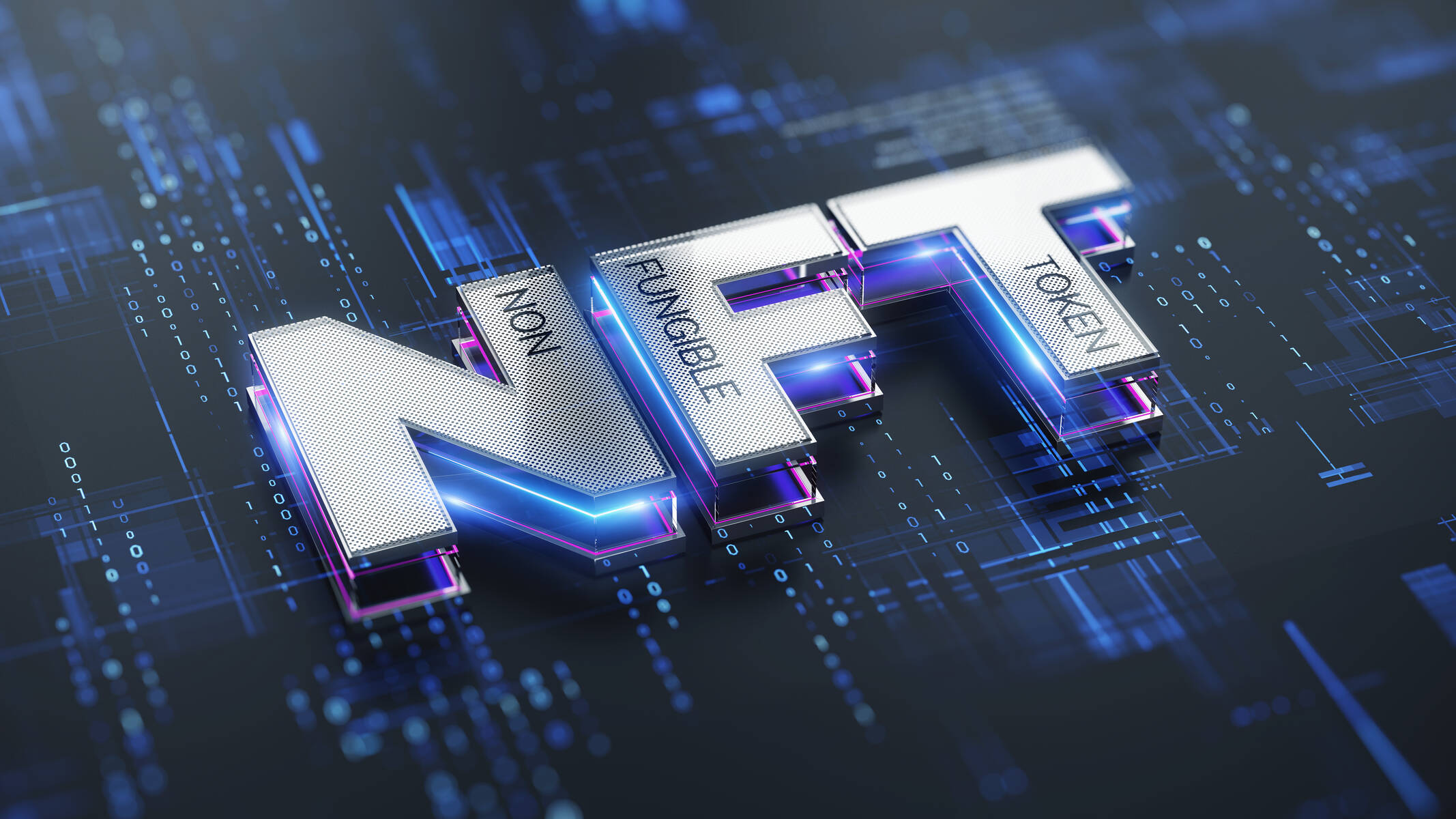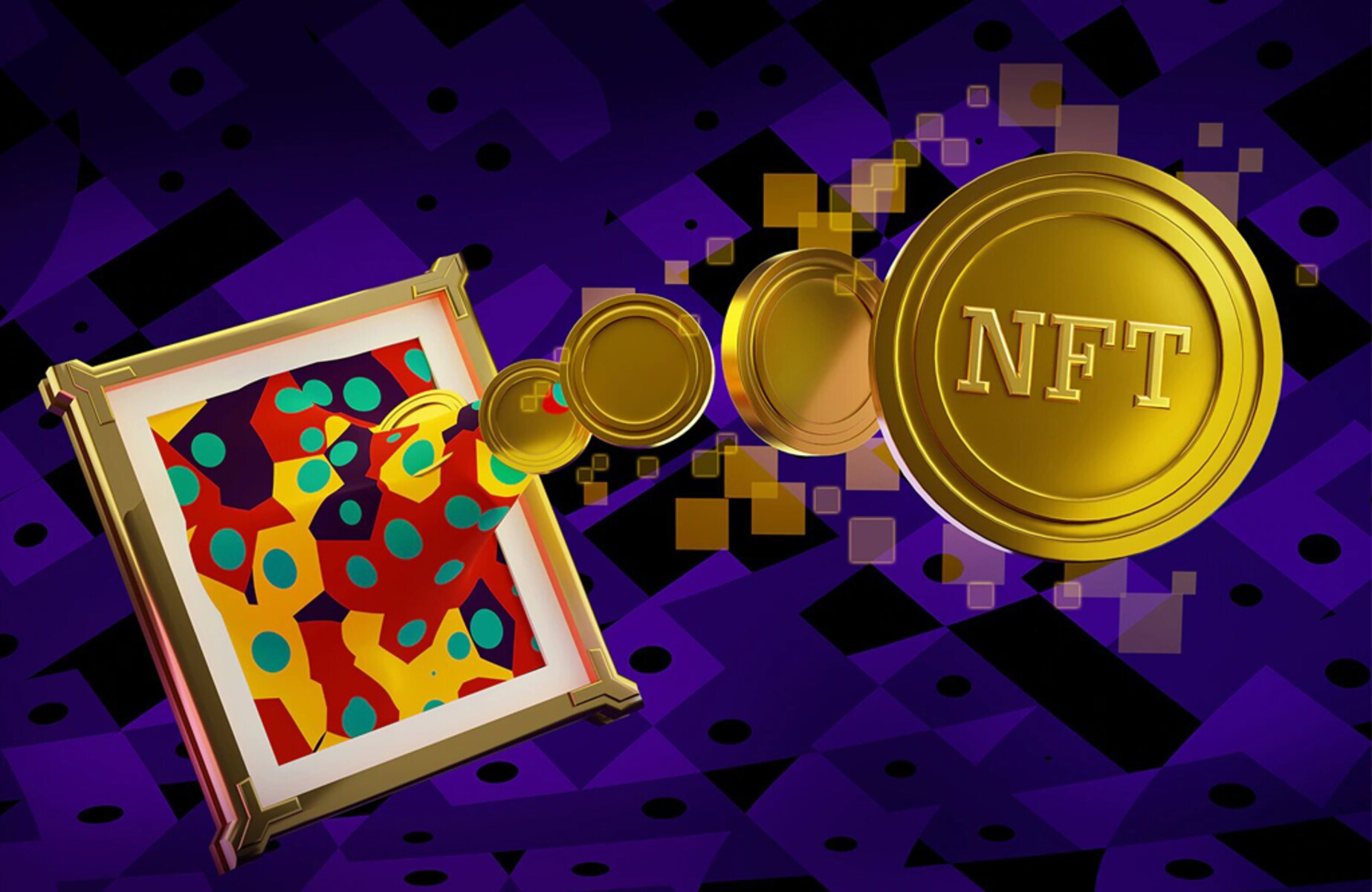Introduction
Welcome to the exciting world of Non-Fungible Tokens (NFTs), where digital assets are revolutionizing the way we think about ownership. NFTs have gained immense popularity in recent years, attracting both artists and collectors who see them as a new frontier for creativity and investment. However, with the growing prominence of NFTs, a dark side has emerged – the rug pull.
A rug pull refers to a fraudulent practice in the world of NFTs, where a developer or creator suddenly removes a project or token from a marketplace, taking with them the funds invested by participants. This deceptive maneuver effectively leaves investors with worthless tokens and dashed hopes.
While rug pulls certainly aren’t exclusive to the NFT space, they have become particularly prevalent due to the decentralized nature of the blockchain technology on which NFTs are built. This decentralized infrastructure provides ample opportunities for scammers to take advantage of unsuspecting investors, making it crucial for individuals to understand the risks involved and take appropriate precautions.
In this article, we will delve into the concept of rug pulls, explore how they occur in the world of NFTs, highlight warning signs to look out for, provide guidance on protecting oneself from falling victim to a rug pull, and examine real-life examples of rug pulls that have shaken the NFT community. By the end, you’ll have a solid understanding of the threat of rug pulls and how to navigate the NFT space with more confidence.
Definition of Rug Pull
Before delving deeper into the world of rug pulls in the realm of NFTs, let’s start by establishing a clear definition of what a rug pull actually is. At its core, a rug pull refers to a deceitful act where developers or creators of a project abruptly exit, taking with them the invested funds of participants.
Rug pulls are typically associated with projects built on decentralized finance (DeFi) platforms, including NFTs. These fraudulent practices can take various forms, but they all share a similar outcome – investors losing their hard-earned money.
The term “rug pull” itself comes from the analogy of a swindler pulling the rug out from under someone’s feet, leaving them falling flat on their face. In the context of NFTs, it signifies the sudden collapse of a project or the disappearance of its creators, leaving investors with worthless tokens and no recourse.
One of the primary reasons rug pulls have become more prevalent in the NFT space is due to the anonymity and pseudonymity that blockchain technology affords. Developers or creators can easily create a project, entice investors to participate, and then exit without a trace, leaving investors with no means of tracking them down.
Rug pulls are often executed by developers with malicious intent who lure in investors with promises of incredible returns or exclusive benefits. They typically launch a project, build hype around it, and create a sense of urgency for investors to get involved. Once a significant amount of funds has been raised, they pull the rug by either shutting down the project, removing liquidity from a decentralized exchange, or simply disappearing.
It is important to distinguish rug pulls from honest project failures or market downturns. Rug pulls involve intentional deception and fraudulent behavior, whereas legitimate projects may fail due to factors beyond the developer’s control. Understanding this distinction is crucial in recognizing the warning signs and protecting yourself from falling victim to a rug pull.
How Rug Pulls Happen in NFTs
Rug pulls in the world of NFTs can happen due to various factors, taking advantage of the decentralized nature of blockchain technology. Understanding how these rug pulls occur can help you identify potential risks and protect yourself from falling victim to such scams.
One common way rug pulls happen in the NFT space is through the creation of fraudulent projects or collections. Scammers may create seemingly impressive art collections or unique NFT projects, enticing investors with the promise of high returns or exclusive benefits. They may employ sophisticated marketing strategies to create a sense of urgency, making investors feel like they’re missing out if they don’t get involved quickly.
Once investors start pouring their funds into the project, the scammers may quickly amass a substantial amount of capital. At this point, they may choose to pull the rug by abruptly shutting down the project, removing it from the marketplace, or simply disappearing with the funds. This leaves investors with worthless tokens and a sense of betrayal.
Another tactic scammers employ is manipulating the market value of certain NFTs. By using multiple accounts or collaborating with others, they artificially inflate the price of specific NFTs, creating a false sense of demand. This encourages unsuspecting investors to buy those NFTs, hoping to make a quick profit. However, once the scammers sell off their own artificially inflated NFTs, the market crashes, causing investors to suffer significant financial losses.
Rug pulls can also happen through the exploitation of vulnerabilities in smart contracts. Smart contracts are self-executing contracts with predefined rules programmed into them. However, if a bug or loophole exists within the contract, malicious actors can exploit it to drain funds from the project. This can happen through methods such as redirecting liquidity to their own wallets or manipulating the contract to transfer funds to unauthorized parties.
Furthermore, rug pulls can occur through collaboration between developers, influencers, and other key figures in the NFT space. Influencers may promote a project without conducting thorough due diligence, unknowingly leading their followers into a scam. Developers may collude with influencers to create hype around a project, enticing investors to jump on board. Once the project gains significant attention and funds, the perpetrators pull the rug, leaving investors in disbelief.
It is important to stay vigilant and be aware of these tactics used in rug pulls. By understanding how rug pulls occur, you can better protect yourself and make informed investment decisions in the NFT space.
Warning Signs to Look Out For
Recognizing the warning signs of a potential rug pull is crucial in protecting yourself from falling victim to NFT scams. While not all projects exhibiting these signs are necessarily fraudulent, they should raise red flags and warrant additional scrutiny. Here are some warning signs to keep in mind:
- Lack of transparency: If the project or creators are anonymous or provide limited information about their identities and backgrounds, this should be a cause for concern. Rug pulls often involve individuals hiding behind pseudonyms to avoid being held accountable for their actions.
- Unrealistic promises: Be wary of projects that offer extravagant returns or guarantees of high profits. If something sounds too good to be true, it likely is. Genuine projects typically come with risks and uncertainties, and no one can guarantee specific outcomes.
- Pressure to invest quickly: Scammers often create a sense of urgency, pressuring investors to join their project immediately. They may set arbitrary deadlines or create artificial scarcity to fuel fear of missing out (FOMO). Take your time to conduct thorough research before making any investment decisions.
- Poor community engagement: If there is little to no interaction between the project creators and the community, it could be a sign of an impending rug pull. Legitimate projects usually foster active engagement, answering questions, and providing regular updates.
- Unaudited smart contracts: Smart contract audits verify the solidity of the code and identify potential vulnerabilities. If a project lacks an audit or fails to provide evidence of one, it increases the risk of a rug pull through contract exploits.
- Over-reliance on influencers: While influencers can play a positive role in promoting genuine projects, if a project heavily relies on influencer endorsements without substantial information or justification, it could indicate a potential scam. Always do your own research and exercise caution.
- Unrealistic token distribution: Take a closer look at the token distribution model. If a significant portion of the tokens is allocated to the project creators or is locked in inaccessible wallets, it can raise concerns about potential manipulation or exit scams.
Remember, these warning signs are not foolproof indicators of a rug pull, but they serve as important signals to exercise caution and conduct additional due diligence. By staying alert and questioning suspicious projects, you can minimize the risk of falling victim to NFT scams.
How to Protect Yourself from Rug Pulls
Protecting yourself from rug pulls in the NFT space requires a combination of caution, research, and due diligence. While no method is foolproof, following these steps can significantly reduce the risk of falling victim to fraudulent projects:
- Do thorough research: Before investing in any NFT project, take the time to research and understand its background, team, and goals. Explore the project’s website, whitepaper, social media presence, and community engagement. Look for reviews and discussions from reputable sources to gain different perspectives.
- Verify the team’s identities: Check if the project’s creators and team members share their real identities and have a credible background. Look for their professional profiles and previous projects to assess their experience and credibility.
- Understand the smart contract: If the project has a smart contract, carefully review its code or seek expert assistance to ensure it has been audited for security and solidity. Avoid investing in unaudited or poorly audited contracts.
- Engage with the community: Participate in the project’s online communities, such as Discord or Telegram groups, to gauge the level of interaction between the team and the community. Look for active engagement, regular updates, and responsiveness to questions and concerns.
- Spread your investments: Diversify your investments across different projects and asset classes to reduce the impact of potential rug pulls. Avoid putting all your eggs in one basket and invest only the amount you can afford to lose without suffering significant financial harm.
- Beware of high-risk strategies: Be cautious of projects that heavily promote yield farming, staking, or other high-risk strategies that promise extraordinary returns. Such projects often carry a higher risk of rug pulls or Ponzi schemes.
- Consult trusted sources: Seek advice from experienced investors, reputable influencers, or industry experts before making investment decisions. They may provide insights and alerts about potential scams or fraudulent projects.
- Stay updated with news: Keep an eye on the latest news and discussions in the NFT space. Stay informed about potential scams, emerging trends, and regulatory developments to make informed decisions.
- Trust your instincts: If something feels off or too good to be true, trust your instincts and exercise caution. Avoid rushing into investments without thoroughly understanding the risks involved.
While these measures won’t guarantee complete protection, they can significantly reduce the likelihood of falling victim to rug pulls. Remember, staying informed, cautious, and skeptical is essential when navigating the dynamic and ever-evolving world of NFTs.
Examples of Rug Pulls in the NFT Space
Unfortunately, the NFT space has witnessed several rug pulls that have left investors in financial distress and shaken the trust of the community. Let’s take a look at a few notable examples:
- The Saddle Club: The Saddle Club was presented as a groundbreaking NFT project aiming to revolutionize virtual horse racing. Investors flocked to the project, investing substantial amounts of money. However, the creators abruptly disappeared, taking all the funds and leaving investors with worthless tokens.
- Meerkat Finance: Meerkat Finance posed as a yield farming project promising high returns. It managed to attract significant investments in a short period. However, within hours of launch, the project’s developers pulled the rug, resulting in a loss of over $31 million for investors.
- Mintable: Mintable was a popular NFT marketplace that experienced a rug pull when a malicious employee gained control of the platform’s smart contract and withdrew funds from users’ wallets. The incident resulted in significant financial losses for many users and highlighted the vulnerability of even established platforms.
- Warp Finance: Warp Finance aimed to revolutionize decentralized finance through its innovative lending platform. However, shortly after launch, it became a victim of a rug pull, resulting in the loss of approximately $8 million worth of funds.
- TurtleDex: TurtleDex positioned itself as a decentralized file storage project, promising secure and reliable storage solutions. However, the project’s creators suddenly disappeared, along with significant investments made by participants.
These examples highlight the deceptive practices and devastating consequences of rug pulls in the NFT space. It is crucial to remain vigilant, conduct thorough research, and exercise caution before investing in any project. Learning from past incidents can help mitigate risks and protect your hard-earned money.
Consequences of Rug Pulls
Rug pulls in the world of NFTs have severe consequences for investors, the NFT community, and the overall trust in the ecosystem. Understanding these consequences is vital in emphasizing the importance of vigilance and due diligence in the NFT space.
1. Financial Losses: The most immediate and tangible consequence of a rug pull is the financial loss experienced by investors. Participants who put their hard-earned money into fraudulent projects or collections are left with worthless tokens, often resulting in substantial financial setbacks.
2. Loss of Trust: Rug pulls erode trust within the NFT community and the wider crypto space. When investors lose confidence in the legitimacy of projects and the security of their investments, it can hinder the growth and adoption of NFTs as a whole.
3. Damage to Reputation: Rug pulls not only harm individual investors but also tarnish the reputation of the entire NFT industry. The presence of scams and fraudulent practices can create a negative perception, deterring potential investors and hindering the industry’s progress.
4. Regulatory Scrutiny: Rug pulls attract regulatory attention as they highlight the need for consumer protection and prevention of fraudulent activities. Incidents of rug pulls can lead to increased regulation and oversight from authorities, which can impact the overall freedom and innovation within the NFT space.
5. Diminished Investor Confidence: Rug pulls breed skepticism and fear among investors, leading to diminished confidence in new projects and potentially limiting the growth of the NFT ecosystem. Investors may become more hesitant to invest, losing out on potential opportunities for growth.
6. Harm to Legitimate Projects: Rug pulls not only harm investors but also impact legitimate projects within the NFT space. As trust erodes, genuine projects may struggle to attract funding and gain adoption, hampering innovation and stifling the development of the industry as a whole.
It is crucial for investors, project creators, and the NFT community to actively work together to prevent and mitigate the consequences of rug pulls. This can involve thorough due diligence, transparent communication, stronger security measures, and regulatory compliance to establish a safer and more trustworthy environment within the NFT space.
Conclusion
The rise of NFTs has brought tremendous opportunities for artists, collectors, and investors. However, it has also given rise to nefarious practices such as rug pulls, which can leave investors devastated and erode trust in the NFT community. Understanding the risks and taking necessary precautions is crucial to protect oneself from falling victim to these scams.
In this article, we have explored the definition of rug pulls, how they happen in the NFT space, warning signs to look out for, and strategies to protect oneself. By conducting thorough research, verifying team identities, understanding smart contracts, and staying engaged with the community, investors can minimize the risk of rug pulls.
It is essential to stay vigilant and maintain a healthy skepticism when approached with enticing investment opportunities in the NFT space. Remember that if something seems too good to be true, it probably is. By staying informed, exercising caution, and relying on trusted sources, investors can navigate the NFT ecosystem with greater confidence.
Ultimately, rug pulls not only harm individuals financially but also impact the reputation and growth of the NFT industry. By collectively working together to expose scams, encourage transparency, and foster a secure environment, we can ensure the long-term sustainability and success of the NFT space.







